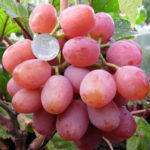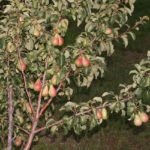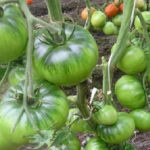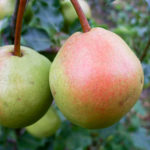Rose of Indigoletta (Indigoletta)
A gazebo entwined with flowers - isn't that what many people who own a garden or flower garden dream about? It is easy to get such a cozy corner to relax if you use varieties of climbing roses. And the flower with the intriguing name Indigoletta is perfect for this purpose.
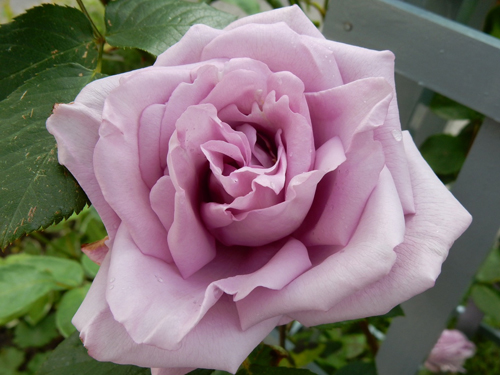
History of appearance
This plant was bred in 1981 in the town of Lottum (Limburg), located on the border of three European states: Holland, Germany and Belgium. The picturesque village has become famous throughout the continent for the rose festivals, which have been organized here twice a year for almost a hundred years. The variety is the result of the selection work of the famous Dutch scientist Van de Laak. Indioletta is very popular these days. Florists are happy to purchase the seedlings of this plant.
The scientific official name of the flower is Azubis. Admirers of noble floral cultures know him under more poetic names: Blue Lady (Blue Lady), Blue Queen (Blue Queen). Also, the French term "Morvana" is sometimes used to refer to the variety.
Description of appearance
We can safely say that Indigoletta has managed to conquer almost the whole world for more than 30 years of its existence. The secret of this success is the charming appearance of the rose, mainly due to the amazingly beautiful color of its flowers. The corolla is characterized by delicate bluish-lilac or mauve shades. It is interesting that the color of the still unblown buds of the goblet shape is deep purple. Large flowers, reaching a diameter of 10 cm, are located on the plant in small groups: in one inflorescence there are 2-3 flowers. Each of them contains 30 double petals. In turn, 2-3 inflorescences develop on one stem.
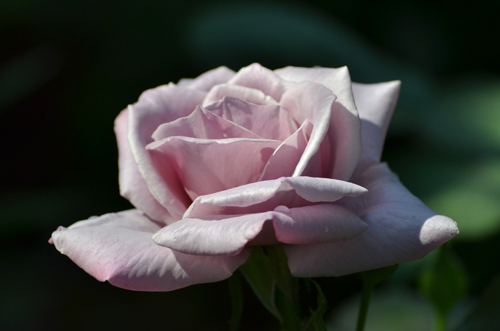
Indigoletta flowers look silky and spread a strong pleasant scent around, which is often compared to the scent of a Damask rose. The appearance of the plant has a pronounced similarity with that of representatives of the tea-hybrid group - this is emphasized by many growers.
The climbing beauty pleases those around with its magnificent flowers twice a year. It belongs to the group of re-flowering plants. The first phase of abundant flowering occurs in late spring-early summer, the second - in August-September.
Other botanical traits of the Dutch variety include:
- impressive plant height (from 2.5 to 3 meters);
- a sufficient degree of growth (the maximum width of the bush is 150 cm);
- stiffness of climbing shoots;
- dense leaves with a glossy surface, painted in dark green;
- powerful root system;
- high strength of erect stems.
Indigoletta is rain resistant. The shape of buds and already blossoming flowers is not subject to deformation, even as a result of rainfall. However, this plant is not winter-hardy, because its cultivation is impossible in regions such as the Urals and Siberia. Another drawback of the Dutch rose is the difficulty in covering the crop for the winter, since straight shoots are quite difficult to bend.

Growing features
The variety prefers sufficiently lit places, while devoid of scorching sun rays. It is better to place the plant in an area where there is a slight partial shade in the summer afternoon. The plant should not be exposed to drafts. Planting Indigoletta should be done in fertile soil with good water and air permeability.
Important measures for the care of the crop: regular watering, loosening (carried out after each soil moistening, including due to rain), mulching (to preserve moisture at the roots), spring pruning of dead and diseased shoots, periodic feeding with organic and mineral complex fertilizers ...
The rose is rarely affected by disease, however, high humidity causes the appearance of black spot. Spraying the plant with Bordeaux liquid will help prevent this trouble.
Use cases
Indigoletta looks gorgeous as a decoration of garden arches, facades and walls of houses, fences, and, of course, the pavilions already mentioned above. The plant fell in love with landscape designers, because they often use this flower to create a variety of compositions. You too will give your heart to the Blue Lady - don't even doubt it!

